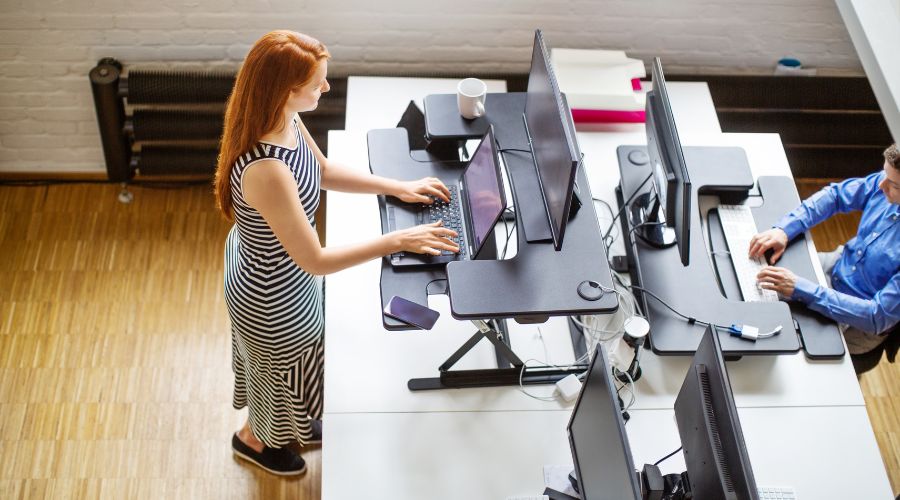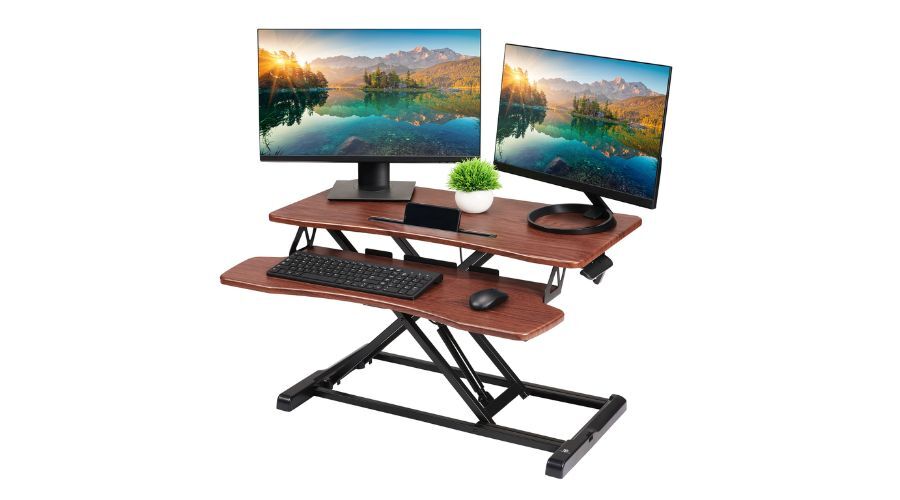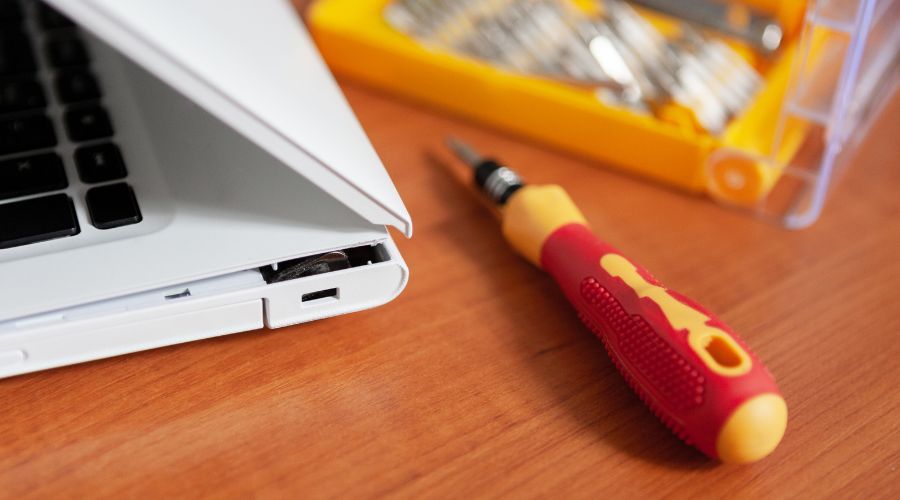

The introduction of standing workstations has grown in line with the quest for better working environments by many employees’ seekers. Many have wondered whether the change was possible on their workstations and the extent of the adaptation. It is important to know how practical and beneficial the proposition of standardizing a desk for both sitting and standing use is, both in the do-it-yourself and professional sense.
Here are some essential steps that will convert your desk:
1. Customize your Desk

- To ensure that your desk is comfortable as well as stable, one should take all the necessary measurements of the desk.
- Select a standing desk riser that will be big and strong enough to bear your desktop accessories.
- If looking for permanent and still inexpensive solutions, then consider adding adjustable legs.
- By placing in a keyboard tray or other supportive equipment such as arms, minimizes the odds of improper wrist movements when typing.
2. Evaluation of Desk Suitability


When considering about a standing desk, the size, structure, and weight capacity of the conversion are very crucial. The tendency of more wobbling with each thud of the door may not help. Your desk must be strong enough for your coffee, monitors, and papers.
To go from using a computer monitor mounted on an arm to elevation on a desk, it must match the height of your elbow level, i.e., 90 degrees.
3. Options for Desk Conversion


- From plug-and-play converters to adjustable desk frames, there are different ways to convert your traditional sitting desk into a standing model.
- If you enjoy DIY projects, then by all means build one with adjustable legs or a pull-out keyboard tray to stand at.
- Ergonomic desk: If you like to switch your sitting posture once in a while, preventing unnecessary strain.
4. How to choose the best desk converter


- Choosing the right standing desk converter isn’t about finding a perfect fit, but rather about avoiding any accidents or spills.
- To make sure it fits well, create a similar-sized graphic on your computer and see how it compares to the actual converter.
- Think about the space your items will need and make sure the converter can hold everything without getting too crowded or messy.
- It’s also important that it can support the weight of your gear.
- Lastly, look for extra features like USB ports and outlets, which can make your desk more functional and convenient for daily use.
5. Maintenance and Adjustability Features


- Just like the thinker, more attention must be paid to regular maintenance as your desk keeps going up. You can keep it from crumbling by tightening screws and bolts.
- A simple desk can be transformed into a flexible workspace with features such as seemingly efficient height settings and tillable surfaces that help boost productivity.
- Good movement, less sitting, and a desk that is easy to adjust will all help minimize back discomfort.
Conclusion
When it comes to aiming to optimize your workplace, it is understood that making a normal desk into a standing desk could be one innovative way of improving productivity and adapting to a better and mobile working culture.
We provide assistance in technology and processes that consider both your environmental and budget targets for the construction of the most optimal working environment that ensures the good health and performance of employees. For more innovative updates, visit www.gurucent.com.
FAQs:
Q1. What is needed in order to change a conventional desk into a standing desk?
A: For the dater hub standing desk will, one direct like the shape of the gadget will be nice observing where it will sit. The regular side for one came up with standard to the curve. Measures, the height of your workspace, can lift the air up like pages and shoulder bags.
Q2. How will I know the right standing desk converter to purchase for my desk?
A: First, one should look for a standing desk converter that meets their existing desktop and weight limits. Other features like height adjustments and space for buttons can also be added. It is a better cover that cannot move away from where your workstation is positioned, as it is going to raise as well as lower the workstation.
Q3. Is a DIY approach to the standing desk really reliable?
A: Common DIY alterations can definitely be reliable if done properly with the right tools and parts. The next step is to set up your desk at an appropriate standing height that allows a both natural and active posture, taking a few parameters into consideration such as stability and safety. Correct measurement is also crucial, and likely reinforcement may be needed if the structure will have to handle some weight that it was not meant for.










